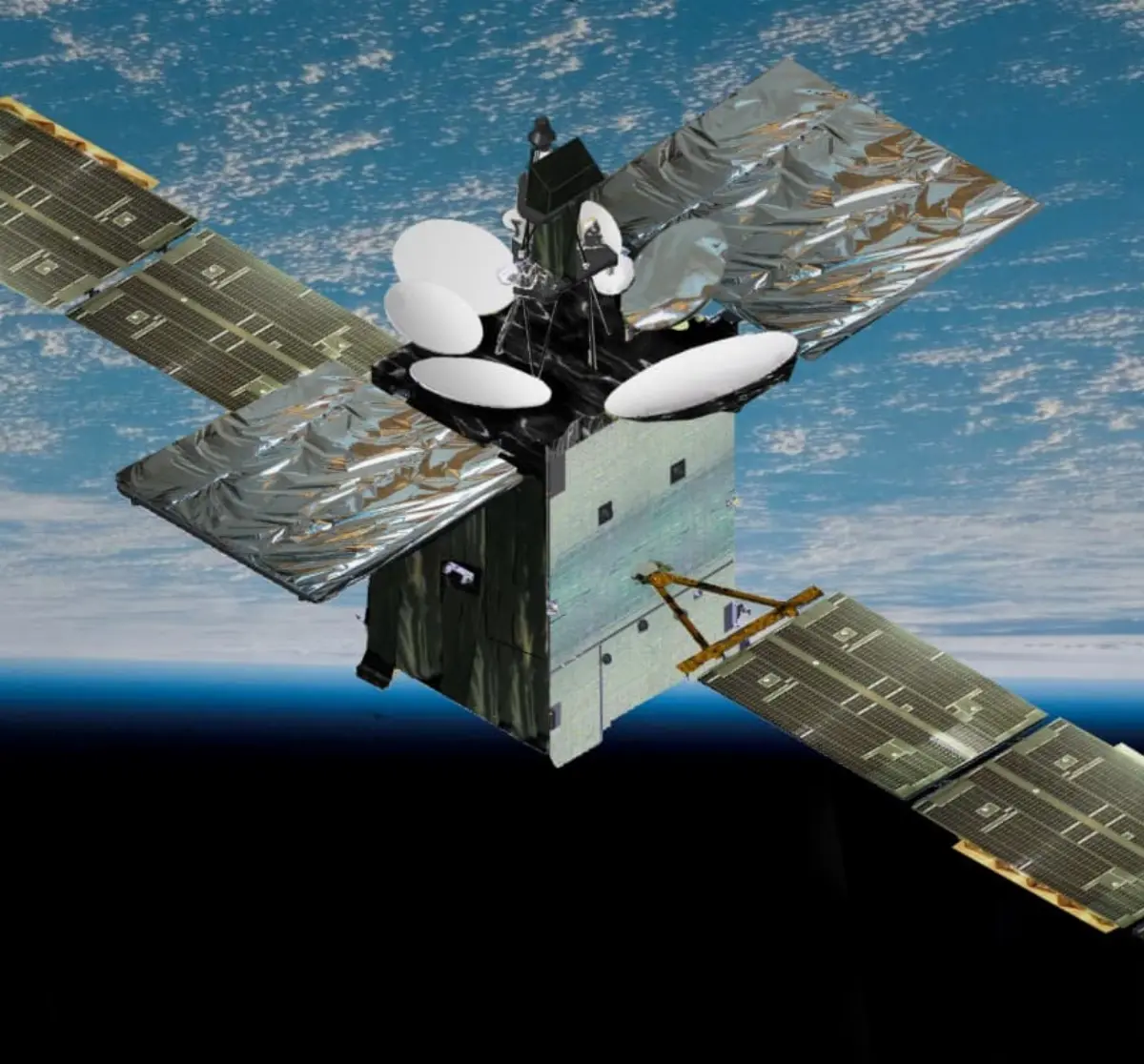
Do you want to access to this and other private contents?
Log in if you are a subscriber or click here to request service
Sicral-1 re-orbiting operations concluded
After over 20 years of activity in geostationary orbit

The re-orbiting operations of the Sicral-1 military satellite (Italian System for Confidential Communications and Alarms) have been completed, moved to a safe position, the so-called cemetery orbit, to avoid interference, collisions and to avoid problems related to a possible return to the Earth similar to the recent ones of the Chinese launcher Changzheng (CZ-5B). Launched into space in February 2001...
red - 1236726
AVIONEWS - World Aeronautical Press Agency
AVIONEWS - World Aeronautical Press Agency